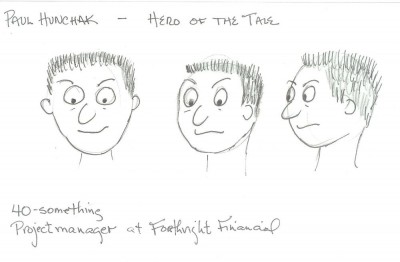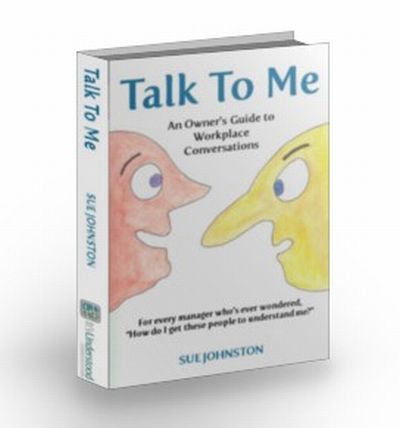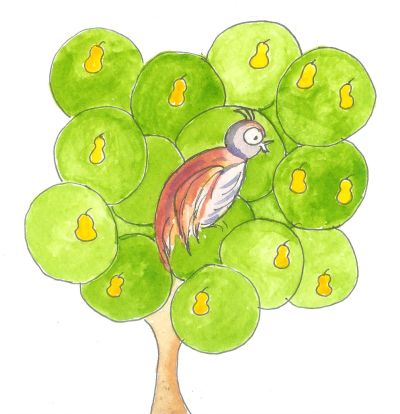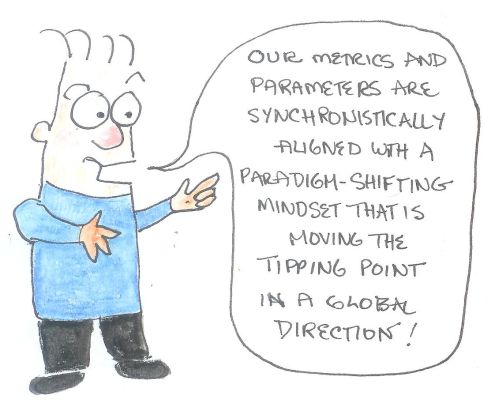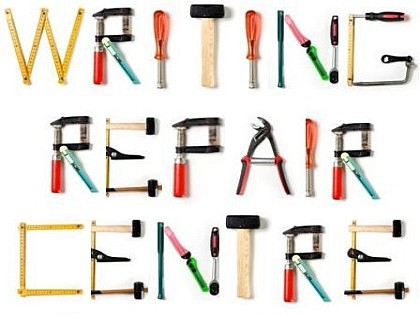I think it may be easier to write a book than to publish one. When you write, you are in charge, you control everything: words, ideas, even characters (if you have them). Once you finish the writing, as I have, the fun begins.
I’m publishing first on Kindle, amazon.com’s eBook platform. If I want my ideas to reach a big audience, I need to be there. But nothing is simple. I am not in the USA, so I have to sort out a slew of taxation issues. “Just make the price $0.00,” I thought. Not an option with Kindle. I have to sell it for at least $0.99.
What’s really fun is that, of the $0.99, Amazon takes $0.64. On the balance of $0.35, there’s US non-resident tax of 40% – let’s call that $0.14. So my balance is $0.21. Amazon doesn’t pay you until the amount owed you is $100, which means I have to sell 477 eBooks before I see any money at all. Then there’s the fee to deposit a US cheque/check and, of course, Canadian income tax to pay.
There’s a way to make your book free with Kindle but, while you’re doing that, you may not publish in any other eBook format, Kobo, for example, the platform used by most Canadians with eReaders, which is to say, most of the people I know.
I’m not even publishing to make money. I’m publishing to get my ideas out into the world. If we believe Seth Godin (which I sometimes don’t) we should be making all eBooks free because Free is the new Premium or something. Today, Seth’s blog suggests he’s a bit flummoxed by the Kindle/amazon thing, too.
The publishing industry and the publishing process are changing every minute. It’s all authors, designers and publishers can do to keep up. But the need for fresh ideas remains constant.
So my ideas will be out in the world, one way or another, in March. Right now, the intention is to be on Kindle, Kobo, PDF and anything else my designer can format it in. And, oh yes, there will be a print version.
If you’d like to be notified when it’s available (especially during the free sales period, assuming I can arrange one) please go to talktomebook.com and leave your email address.
And if you’re an author who’s cracked the code on how to make sense of the new publishing – I’d love to hear from you.
 Thanks for dropping by my writing site. If you want to improve your writing – or you want someone else to actually do your writing – you’ve come to the right place.
Thanks for dropping by my writing site. If you want to improve your writing – or you want someone else to actually do your writing – you’ve come to the right place.

 Have you ever noticed that not everyone responds to your messages – whether written or spoken – in the same way? What moves me to action might cause my neighbour’s eyes to glaze over. We have different styles.
Have you ever noticed that not everyone responds to your messages – whether written or spoken – in the same way? What moves me to action might cause my neighbour’s eyes to glaze over. We have different styles.